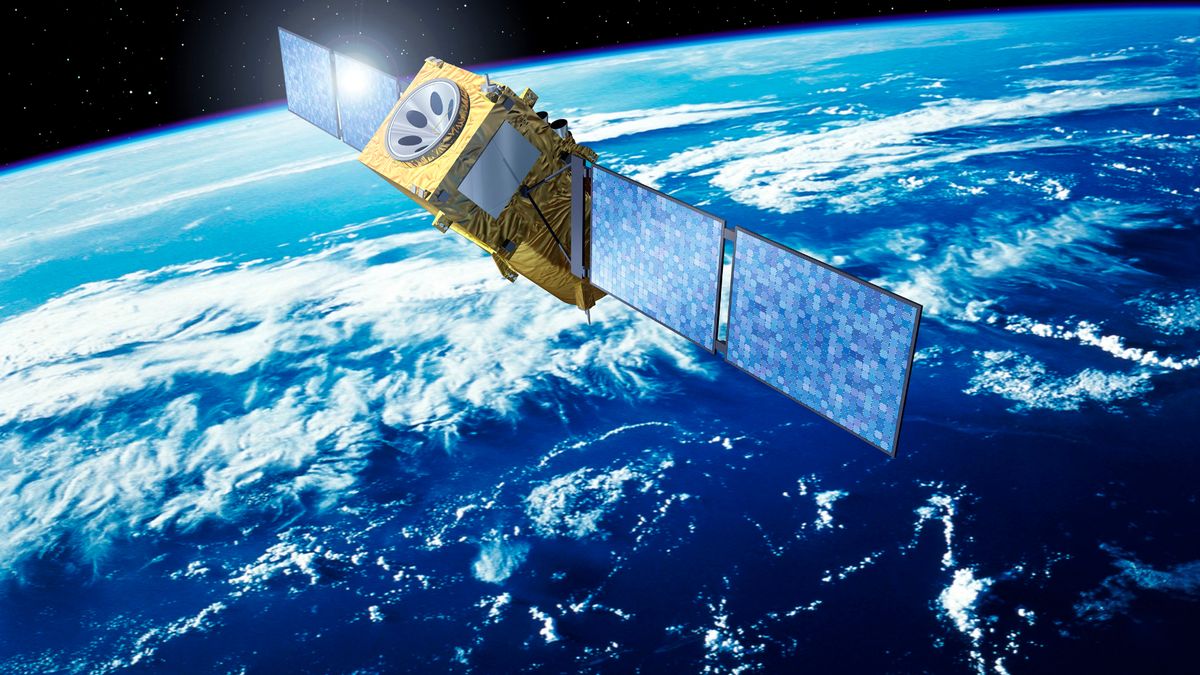Kathmandu: A British-built spacecraft is expected to fall to Earth later on Friday, after completing a transformative mission to map the planet’s winds.
The Aeolus satellite fired a laser down through the atmosphere to track the movement of air in any location, at every altitude, all around the world.
Its success means replacements are already being planned.
But the project very nearly failed to get off the ground at all – because of the difficulty in making Aeolus work.
For more than a decade, engineers struggled to develop an ultraviolet instrument that could operate for long enough in the vacuum of space. And this delay led to Aeolus being dubbed “the impossible satellite”.
The engineers, under the leadership of the European Space Agency (Esa), stuck at it because of the prize on offer – the first truly global view of how winds behave on Earth, from the surface all the way up into the stratosphere (from 0-30km).
However, in the time it took for Aeolus to get to the launch pad, in 2018, and fly its near five-year mission, best practice for deorbiting defunct spacecraft had changed.
They now need the ability either to pinpoint their fall back to Earth to a safe zone or be sure of burning up completely as they come through the atmosphere.
And the more-than-one-tonne Aeolus fails on both counts. Its propulsion system is too weak to fully direct where it comes out of the sky and up to 20% of its hardware is likely to survive to the surface of the Earth.
Instead, Esa flight controllers have spent the week building up to an “assisted re-entry”. They have been commanding the satellite to lower its altitude in a series of manoeuvres, the last of which, on Friday, should drop it to a height of 120km (75 miles).
(News Source: BBC)
